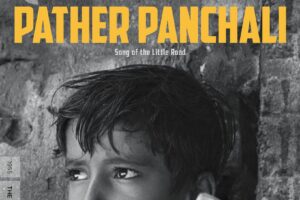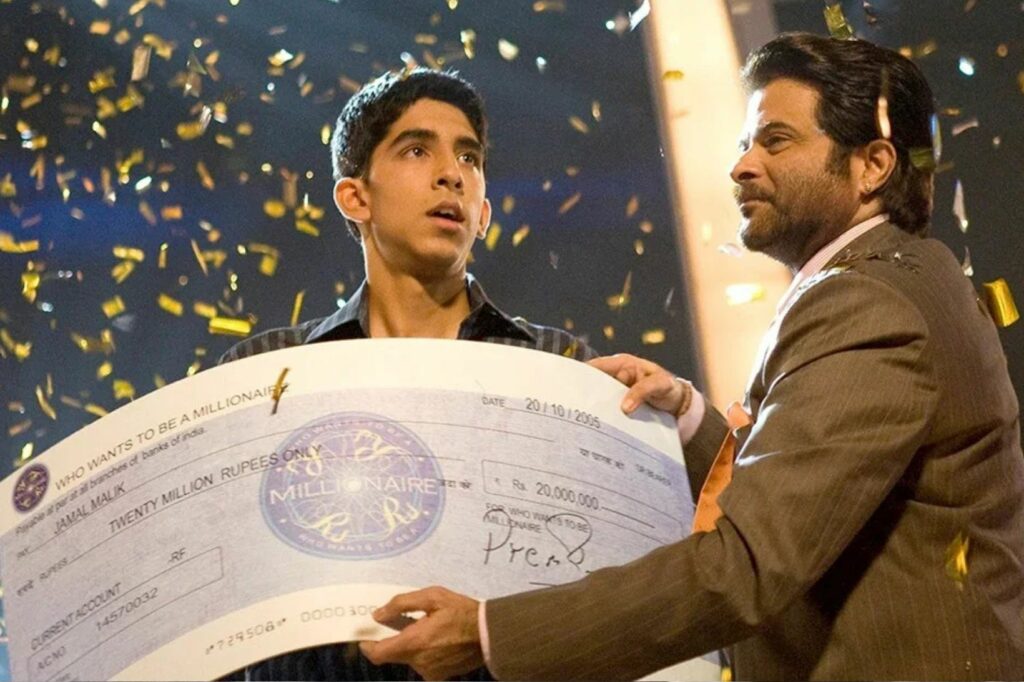Bollywood often steals the spotlight when people think of Indian cinema, yet it’s just one vibrant facet of a diverse film industry. Indian cinema boasts a rich tapestry of regional film industries, each contributing unique flavors and narratives. While Bollywood dazzles with its larger-than-life stories and song-dance sequences, regional cinemas like Tollywood, Kollywood, and Mollywood offer distinct storytelling styles and cultural nuances.
Understanding the difference between Bollywood and Indian cinema involves exploring the varied languages, themes, and artistic expressions that define the nation’s cinematic landscape. Bollywood, primarily Hindi-language films, may dominate globally, but regional films often capture the essence of local traditions and societal issues. This dynamic interplay between Bollywood and other regional cinemas enriches India’s film industry, making it one of the most prolific and diverse in the world.
Bollywood vs Indian Cinema
Bollywood and Indian cinema encompass diverse segments within the vast landscape of India’s film industry. Differences in language, production values, audience reach, and distribution set Bollywood apart from other regional cinemas.
Language and Production
 Bollywood primarily produces films in Hindi while Indian cinema includes movies in various regional languages like Tamil, Telugu, and Malayalam. Each regional industry often showcases its own linguistic and cultural nuances. Bollywood films are known for their large-scale productions, often featuring high budgets, elaborate sets, and star-studded casts. In contrast, many regional films prioritize storytelling and cultural authenticity, which often leads to varied production approaches reflecting local contexts.
Bollywood primarily produces films in Hindi while Indian cinema includes movies in various regional languages like Tamil, Telugu, and Malayalam. Each regional industry often showcases its own linguistic and cultural nuances. Bollywood films are known for their large-scale productions, often featuring high budgets, elaborate sets, and star-studded casts. In contrast, many regional films prioritize storytelling and cultural authenticity, which often leads to varied production approaches reflecting local contexts.
Audience and Distribution
Bollywood films generally target a broad, pan-Indian audience, with many movies achieving international box-office success due to their universal appeal and recognition. Regional cinemas focus on local audiences, tailoring narratives to reflect specific cultural and societal themes. However, increasing interest in regional stories has expanded distribution channels for non-Bollywood films, enhancing their visibility through platforms like streaming services and international film festivals.
Impact on Global Cinema
Bollywood and Indian cinema significantly influence global audiences, offering diverse narratives and vibrant cultural elements. Their reach extends beyond borders, sparking international interest and appreciation.
International Recognition
 Bollywood’s extensive distribution networks contribute to its global recognition, with films frequently screened at international film festivals such as the Cannes Film Festival and Toronto International Film Festival. Icons like Shah Rukh Khan and Aishwarya Rai have gained considerable fame overseas, helping spread Bollywood’s appeal. Indian cinema’s regional films receive acclaim as well, winning prestigious awards and showcasing India’s storytelling diversity. “Baahubali,” a Tollywood epic, and Satyajit Ray’s films like “Pather Panchali” represent such success, enhancing the perception of Indian cinema globally.
Bollywood’s extensive distribution networks contribute to its global recognition, with films frequently screened at international film festivals such as the Cannes Film Festival and Toronto International Film Festival. Icons like Shah Rukh Khan and Aishwarya Rai have gained considerable fame overseas, helping spread Bollywood’s appeal. Indian cinema’s regional films receive acclaim as well, winning prestigious awards and showcasing India’s storytelling diversity. “Baahubali,” a Tollywood epic, and Satyajit Ray’s films like “Pather Panchali” represent such success, enhancing the perception of Indian cinema globally.
Cultural Exchange
Indian cinema promotes cultural exchange by highlighting India’s rich traditions, music, and languages. Bollywood’s song and dance sequences introduce global audiences to Indian dance forms while integrating Western influences into their music. Regional films delve into local customs, providing insights into varied societal values. International collaborations and co-productions strengthen these cultural ties, fostering understanding and appreciation between Indian filmmakers and their global counterparts. Productions like “Slumdog Millionaire” and partnerships with international talents showcase the diverse yet connected world of Indian cinema.
Challenges and Misconceptions
Bollywood and Indian cinema face several challenges rooted in misconceptions and stereotypes. These issues affect how audiences perceive and engage with the diverse landscape of Indian films.
Stereotypes and Representation
 Stereotypes about Bollywood often emphasize melodrama and song sequences, overshadowing the industry’s storytelling diversity. While Bollywood films are known for dance numbers and grandeur, they also tackle varied themes, from social justice to mental health. Many overlook regional cinema, assuming all Indian films mirror Bollywood styles. Regional industries like Tollywood (Telugu) and Mollywood (Malayalam) offer distinct stories with cultural authenticity and often lack the international exposure enjoyed by Bollywood. This leads to misrepresentations of India’s cinematic breadth.
Stereotypes about Bollywood often emphasize melodrama and song sequences, overshadowing the industry’s storytelling diversity. While Bollywood films are known for dance numbers and grandeur, they also tackle varied themes, from social justice to mental health. Many overlook regional cinema, assuming all Indian films mirror Bollywood styles. Regional industries like Tollywood (Telugu) and Mollywood (Malayalam) offer distinct stories with cultural authenticity and often lack the international exposure enjoyed by Bollywood. This leads to misrepresentations of India’s cinematic breadth.
Fusion of Cultures and Creativity
Indian cinema is a tapestry of diverse narratives and cultural expressions where Bollywood and regional films each play a vital role. As global audiences seek authentic stories, the lines between these segments blur, allowing for a richer cinematic experience. While Bollywood’s grandeur captivates with its star power and international reach, regional films offer depth and authenticity that resonate with local and global viewers alike. The rise of streaming platforms further democratizes access, ensuring that Indian cinema’s vast array of stories continues to captivate and inspire. This dynamic interplay between Bollywood and regional cinema not only enriches the film industry but also enhances cultural appreciation worldwide.

